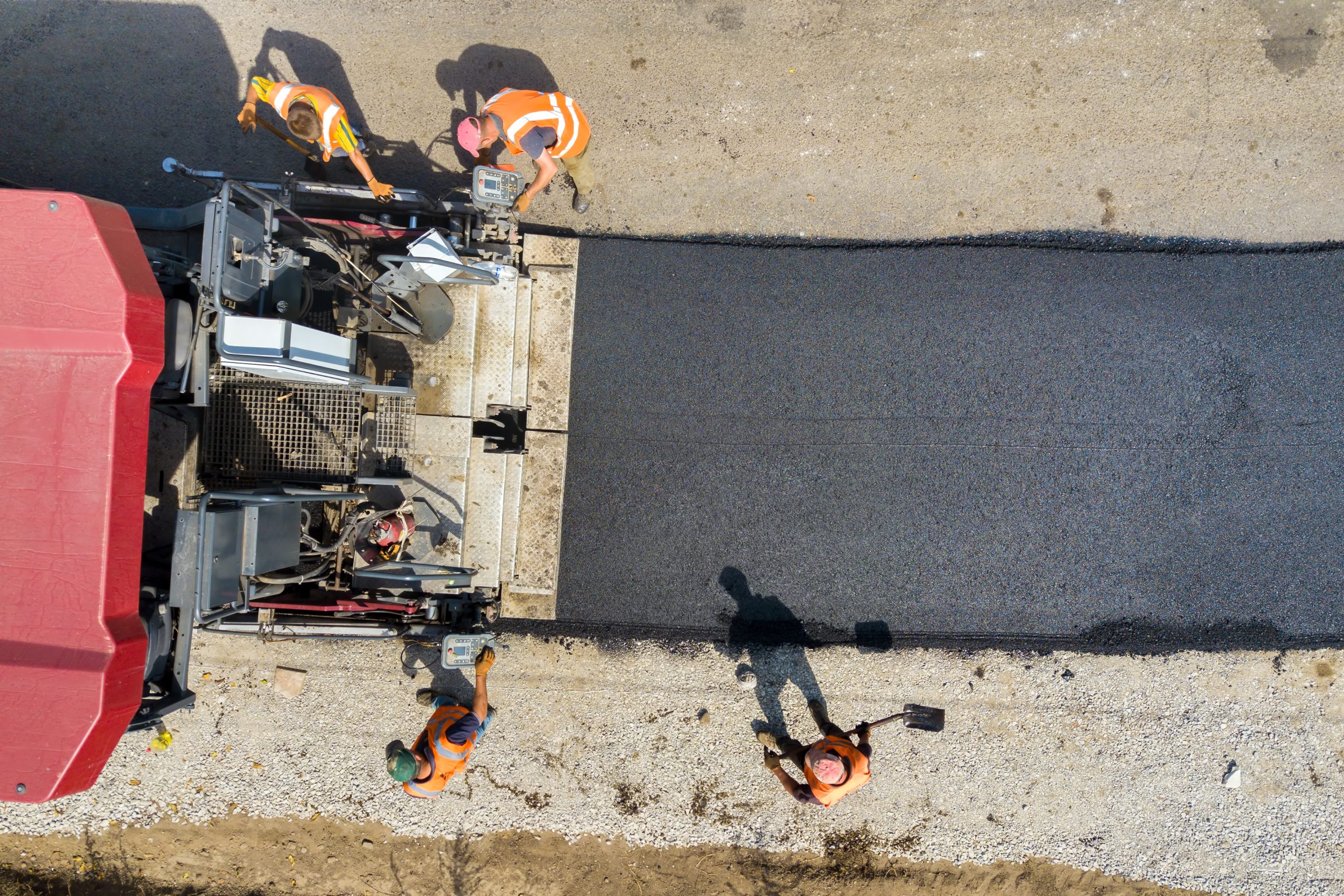Asphalt is one of the world’s most essential construction materials, paving the way for modern transportation and infrastructure. But what exactly is asphalt, and how did it become the backbone of our roads, parking lots, and airport runways?
A Brief History of Asphalt
The use of natural bitumen, the key ingredient in asphalt, dates back thousands of years. Ancient civilizations like the Sumerians and Babylonians used bitumen to waterproof baths, boats, and building foundations. However, it wasn’t until the 1800s that asphalt’s potential as a paving material was truly recognized, revolutionizing road construction. Early asphalt mixtures combined natural bitumen deposits with aggregates like sand or crushed stone; by the early 20th century, the rise of automobiles created a huge demand for smoother, more durable roads, which quickly led to advances in refining petroleum-based asphalt binders, resulting in the hot mix asphalt we know today.
How Is Asphalt Produced?
Modern asphalt is a composite material consisting of approximately 95% aggregates (stone, sand, and gravel) bound together by 5% asphalt binder, a petroleum product. The binder coats and glues the aggregate particles, creating a strong, flexible pavement that can withstand traffic loads and weather.
Asphalt is typically produced in specialized plants where aggregates are dried and heated before being mixed with hot liquid asphalt binder. This hot mix is then transported to construction sites for immediate paving. Alternatively, warm mix asphalt technologies allow production and placement at lower temperatures, reducing emissions and energy consumption. Reclaimed asphalt pavement (RAP) is also commonly reused, making asphalt one of the most recycled materials in the world – a major advantage for sustainability in construction.
Current Uses of Asphalt
Today, asphalt is indispensable for road construction, forming the surface of highways, city streets, country lanes, and even racetracks. Its smooth, skid-resistant finish improves safety and fuel efficiency for vehicles.
Beyond roads, asphalt is widely used for:
- Parking lots and driveways
- Airport runways and taxiways
- Bicycle and pedestrian paths
- Sports courts and playground surfaces
- Dams and reservoir linings
- Roofing products (asphalt shingles)
Advancements like porous asphalt help manage stormwater by allowing water to drain through the pavement, reducing runoff and flooding risks. Polymer-modified asphalt blends are used in demanding environments, like airport runways, to improve durability and flexibility.
From ancient waterproofing techniques to today’s sophisticated highway systems, asphalt has a long, rich history in construction. Modern production methods and innovations continue to make asphalt an essential, versatile, and sustainable material for infrastructure around the globe.
Looking for a team to take the lead on your next project? At Pulse Construction, we’re committed to doing business with an honest, professional, and competitive approach – without compromising safety or schedules. Contact us today for all of your building needs.



